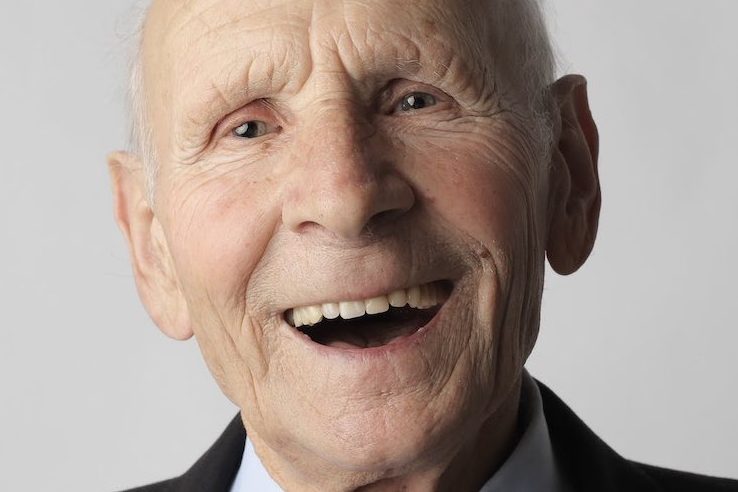
Wine columnist RICHARD CALVER discovers that chablis comes in extraordinary range of flavours.
CHABLIS is a region of France. It is in Northern Burgundy, as near to the champagne region as it is to the rest of Burgundy, as Christophe Rebut, from French Flair in Manuka, tells me in an impassioned explanation of this unique area and style of wine.

Burgundy is not evocative of chardonnay; but surprisingly that is the only grape variety that is used in the making of chablis. Christophe says: “It surprises people that this is the grape that is used.”
The interest in this wine, for me, was formed in the ’70s when I could eat oysters (a dozen oysters Tsarina that were not fit for eating gave me a very bad dose of food poisoning that ended my oyster eating).
The English wine writer, Hugh Johnson, famously said: “Oysters and chablis, it seems, have been related since creation” and in my twenties it was a massive pocket hit to eat oysters with a chablis but those are moments when you just have to grab the experience by the throat. Young, perfectly chilled chablis has a minerality and a green-hay flavour that complements wonderfully with seafood, but particularly oysters, prawns and smoked salmon.
I have always had young chablis wines, but I knew that they were renowned for keeping for at least a decade.
I was recently lucky enough to be asked to a Canberra Food and Wine Club wine tasting where three flights of chablis were presented.
There are four classifications of chablis and three were on taste. The four categories are petit chablis, villages, premier cru and grand cru.
The tasting first offered three Villages Chablis, with vintages 2007, 2012 and 2019.
The 2019 Bernard Defaix Chablis was young and fresh with a softer finish than I was expecting, but with a green-apple flavour that was appealing.
The Marchand and Burch Chablis 2012 started with a hint of petroleum that dissipated with air and was funky but not entirely unpleasant.
The Domaine Christian Moreau 2007 was so unlike my memory of chablis that it was a surprise: the fruit was almost gone albeit the bouquet was plentiful with a lovely peach aroma.
The premier cru and grand cru flights were all from 2014 and save for the Dampt Freres Les Fourneaux had developed and become more complex over time.
The Fourneaux unfortunately had a wet-dog smell and tasted as I imagine a wet blanket would. It was difficult to separate the other wines because many had developed characteristics that were appealing, but seemed to me to be a distance from the flinty fresh taste that Christophe called the goût de pierre à fusil.
I spoke to Christophe about the extraordinary range of flavours that had developed from 2014. He agreed that the way chablis ages is complex and is a function of the vineyards’ terroir and the different climatic conditions that can occur even though the area is geographically small: the micro-climate factor.
He indicated that, on occasion, the flintiness that I had perceived to be a constant in chablis would not be present.
He demonstrated his point by sharing a taste of a Villages Chablis Domaine Pinson from 2021. He said: “This is a wine from a company that has been making chablis since the 17th century. In 2021 there was lots of rain and so this wine has a butter-mushroom flavour that is very pleasant. There is no pierre a fusil but a softer chalkier taste. Each winemaker and each harvest will produce something different.”
And I thought, vive la difference!
Who can be trusted?
In a world of spin and confusion, there’s never been a more important time to support independent journalism in Canberra.
If you trust our work online and want to enforce the power of independent voices, I invite you to make a small contribution.
Every dollar of support is invested back into our journalism to help keep citynews.com.au strong and free.
Thank you,
Ian Meikle, editor




Leave a Reply